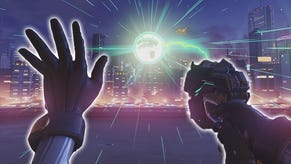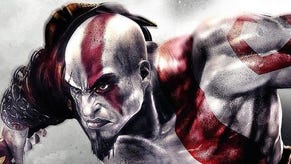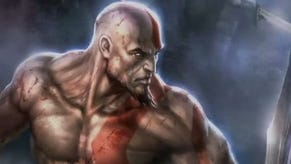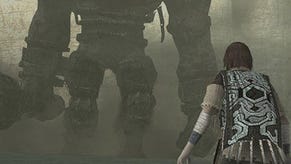God of War Collection: The Future of Backwards Compatibility?
Digital Foundry argues the Kratos.
With the performance analysis, we see an even greater advantage to the PS3 conversion than with the original game. With the PS2 almost literally being pushed to its limits, frame-rates suffered. In our tests, the performance difference on average between God of War and its sequel is anything up to 10FPS across a series of averages, and the sequel also has a tendency to tear more too. The PS3 port of God of War 2 soaks up the additional load, once again only really exhibiting difficulties when overdraw is an issue. Generally speaking, it runs just as smoothly as the port of the original game, but the graphical upgrade is self-evident.
Put simply, the God of War Collection is an absolute triumph and its approach to the thorny issue of backwards compatibility presents remarkable results. If you have a launch PS3 with full hardware support for both the emotion engine and the graphics synthesiser, you can play God of War and its sequel with an experience that is totally identical to the original PS2 releases. However, this collection exercises the power of the PS3 in producing a game that looks, feels and plays tangibly better to the point where the visual upgrade alone is more than worth the price of admission. Just about the only criticism you can have concerns the pre-rendered cinematics - still only 480p, and a stark reminder of the quality drop you get playing the game in its original native resolution.
The question is, can the approach Sony Santa Monica chose be extrapolated to other games? And just how good would the original standard-def assets in other major PS2 hits look when upscaled to high definition?
The latter question can be answered in a relatively straightforward manner. An open source, completely legal PlayStation 2 emulator called PCSX2 has been in development for some years, but in the last six months, the speed and quality of the code has improved enormously to the point where it is relatively easy to play your PS2 titles at HD resolutions at a sustained 60 frames per second - just like the God of War Collection. The previous comparison shots show that PCX2 does a decent job of bringing out the additional detail inherent in the God of War art, and it proves to be equally valuable in exhibiting the potential of a number of other games. First up, how about an ICO/Shadow of the Colossus showcase? The results are quite beautiful.
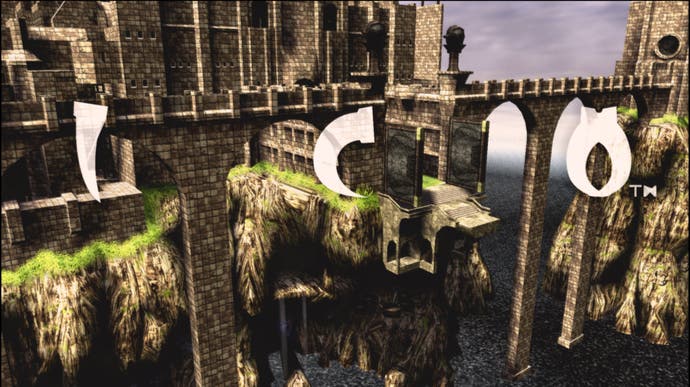

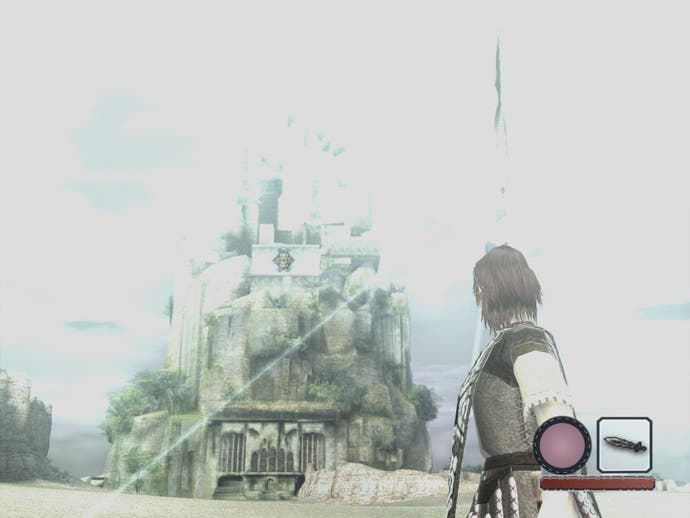

Square-Enix's Final Fantasy games on PS2 are rightly celebrated as being wonderful visual showcases for the hardware, and in these shots of FFX and FFXII, once again we see a beautiful level of clarity once the assets are running in a native HD resolution. However, what is interesting to see here is just how often Square worked with 2D art, super-imposing 3D art on top (a similar approach is used in FFXIII too). In these cases, the upscaling of the 2D assets doesn't quite work.

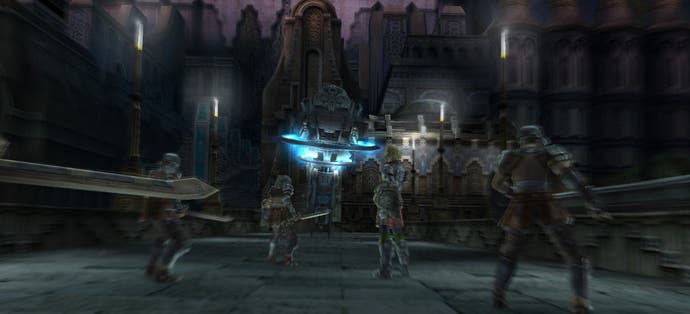
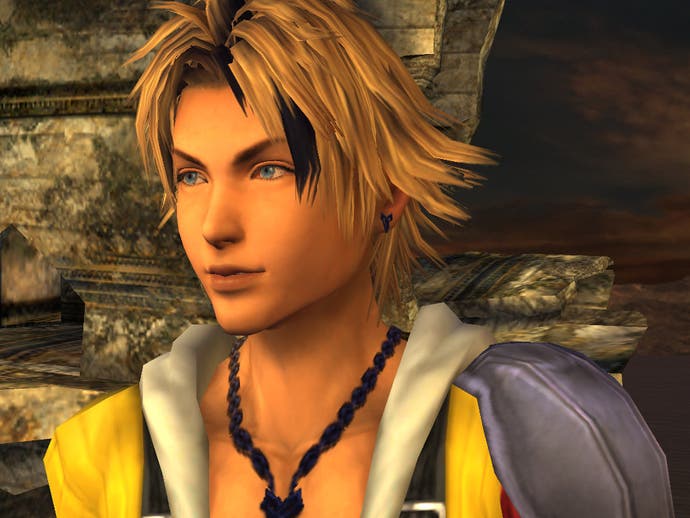

And finally, the same process is used to show a potential HD rendition of Metal Gear Solid 2 and its Snake Eater sequel. A top-end Core i7 PC with GTX280 manages to run all of these games at some extreme HD resolutions at a fairly solid 60FPS, with just the occasional slowdown or glitch causing performance issues. The notion of spending thousands of pounds on a PC to run age-old PS2 titles is of course faintly ludicrous, but if this level of performance can be achieved by software emulation carried out by coders with no direct links to Sony, it suggests that the platform holder itself should be capable of some pretty amazing results - especially on its next-gen platform.

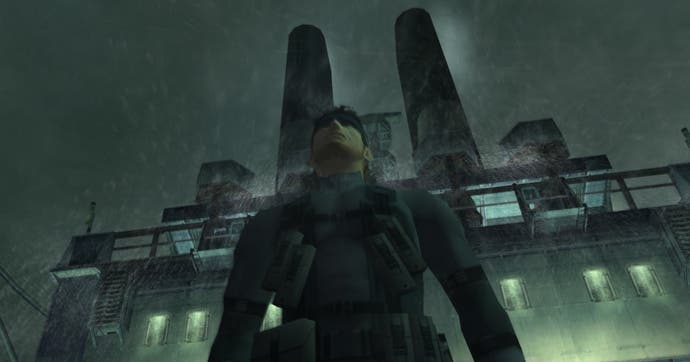


Of course, as of right now, the God of War Collection exists mostly because of the lack of PS2 emulation within a majority of the PS3 units Sony has sold worldwide. There have been rumours of a software-only solution being developed, stoked by YouTube videos showing 40GB PS3s stuck in Service Mode being able to boot and initially run PS2 titles, but as of right now there is no complete solution.
Of course, there is nothing to stop developers porting over their wares in a similar fashion to how Bluepoint converted across the God of War code. But just how difficult that will most likely vary on a project-by-project basis. In his interview with IGN, Sony Santa Monica's John Hight talks about how the clean nature of the original C code, combined with input from the original team, made the transition to PS3 relatively straightforward. Other developers don't use the same framework - for instance, Naughty Dog ran its own LISP-based programming language, known as GOAL, during PS2 development before switching to C++ while creating Uncharted: Drake's Fortune.
While backwards compatibility efforts have now been discontinued on Xbox 360, with software emulation progression something of an unknown on PS3, you can't help but think that a more coherent backwards compatibility strategy will be deployed for the next generation. In this respect, there is a huge amount of potential for not just running old games on a new system, but giving them a new lease of life via improved resolutions and frame-rates. Both God of War Collection and the PCSX2 emulator demonstrate how there is a wealth of potential in old games waiting to be unlocked, and that is exciting not just for gamers but also for the bean-counters at publishers and developers too.
And that principle can be extrapolated forward too with current-generation titles running on next-gen hardware. Modern Warfare 2, Borderlands and Dragon Age: Origins are great examples of big games where the console versions run with pared-down visuals compared to their PC counterparts, which are designed to look great at 1080p and even higher resolutions. If the art is already there, why not "remaster" those games with graphical and performance-related benefits? So long as the price is right, and the upgrade is worthwhile, we are so there.

